Arabic literature in the pre-Islamic era does not know anyone from the poets and the masters of poetry who preceded Imru’ al-Qais in what he brought of imitations of poetry and the best of poems, and what he did with the arts of rhetoric, and what he invented of meanings and styles, and adopted from the schools of speech.
According to the ancient critics, he was the first to open the doors of poetry, and revealed the virgin meanings, and brought close sources, and the variety of purposes, and was fascinated in the purposes and description of horses, and cried for distance and homes. He is also the owner of a school that his existence invented and distinguished himself with, and came in the correct simile and close metaphor with things that the poets followed him in, and the scholars considered his poetry in that an example to be measured by, and to be judged in precedence and backwardness. The linguists and Arabic scholars believe that he is the owner of a linguistic school of thought who chose for his poetry the inky word and the refined style, and poured his words into a mold that he was unique in, and became evidence of it, so his poetry suddenly came to the ears harmonious and wonderfully melodious, and flowed on the tongues sweetly, easily and smoothly.
The modern era came and did not lack care for his poetry, and facilitated its study and publication, and the first attempt in that was made by the famous French orientalist De Slane, as he published between the years 1836 and 1837 AD twenty-eight poems, which is what Al-A’lam Al-Shantmari chose from Al-Asma’i’s narration, in his book “Diwans of the Six Poets”, after deleting the explanation, and he worked on the poet’s life in French, and followed it with mentioning his translation from the Book of Songs.


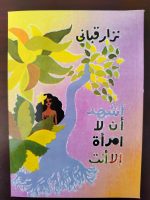
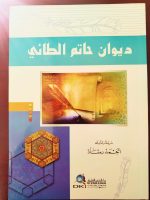
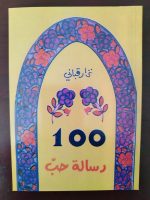

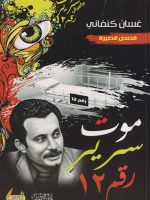
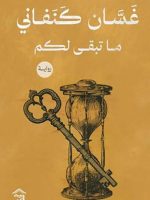

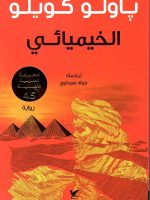
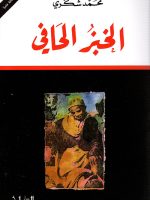

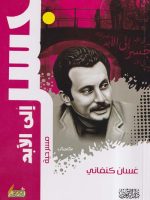
Be the first to review “Diwan of Imru’ al-Qais”